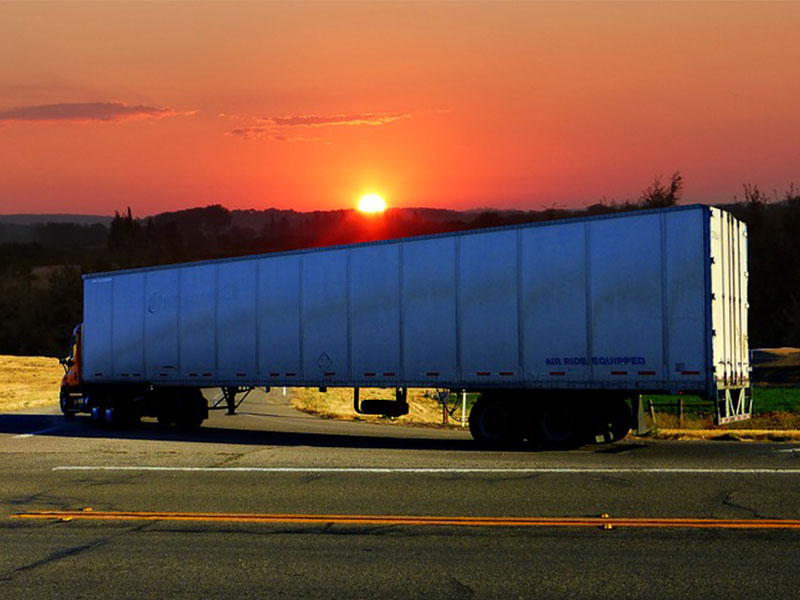Overweight vehicles’ impacts on road infrastructure and safety
20004
From 2020 to 2021
This study, commissioned by the World Road Association PIARC, examines the impact of overweight vehicles on road infrastructure and road safety and makes recommendations for better compliance with weight limits. TML coordinated the project and presented best practices for the detection and enforcement of overweight vehicles.
Countries around the world have set weight limits for vehicles using the road network. The main objectives of these limits are to preserve road infrastructure and ensure vehicle road safety. Despite the weight limits set by authorities, some vehicles exceed these limits, which can cause overweight vehicles to damage or collapse road infrastructure and pose a road safety hazard.
This study, commissioned by the World Road Association PIARC, answers two key questions. What is the impact of overloaded vehicles on road infrastructure and road safety, both from a technical/structural and economic perspective? And what appropriate policy measures can be taken to ensure that heavy vehicles better comply with the prevailing regulations in this area? It also looked at freight operators' reasons for using overweight vehicles.
In doing so, TML, together with its consortium partners, presented a compilation of best practices and policies (both successful and unsuccessful) to address the detection and enforcement of overweight vehicles: in terms of technology (e.g., roads in motion), but also in terms of prosecution (fines, immobilisation of cargo, etc.) and behavioural change of drivers and the freight industry (e.g., education).
To gather global information related to weight limits, overweight vehicles, and their impact, we collected data through literature review and an online survey of PIARC members. We analysed the impact of overweight vehicles on infrastructure in three ways: theoretically, through literature review, and (additionally) through simulations.
We initially tested the impact of overweight vehicles on road safety against fundamental engineering theory. This was then tested against and supported by comparison with existing scientific literature measuring basic effects and assessing less direct safety effects.
TML was closely involved in all project tasks and coordinated the study.
Countries around the world have set weight limits for vehicles using the road network. The main objectives of these limits are to preserve road infrastructure and ensure vehicle road safety. Despite the weight limits set by authorities, some vehicles exceed these limits, which can cause overweight vehicles to damage or collapse road infrastructure and pose a road safety hazard.
This study, commissioned by the World Road Association PIARC, answers two key questions. What is the impact of overloaded vehicles on road infrastructure and road safety, both from a technical/structural and economic perspective? And what appropriate policy measures can be taken to ensure that heavy vehicles better comply with the prevailing regulations in this area? It also looked at freight operators' reasons for using overweight vehicles.
In doing so, TML, together with its consortium partners, presented a compilation of best practices and policies (both successful and unsuccessful) to address the detection and enforcement of overweight vehicles: in terms of technology (e.g., roads in motion), but also in terms of prosecution (fines, immobilisation of cargo, etc.) and behavioural change of drivers and the freight industry (e.g., education).
To gather global information related to weight limits, overweight vehicles, and their impact, we collected data through literature review and an online survey of PIARC members. We analysed the impact of overweight vehicles on infrastructure in three ways: theoretically, through literature review, and (additionally) through simulations.
We initially tested the impact of overweight vehicles on road safety against fundamental engineering theory. This was then tested against and supported by comparison with existing scientific literature measuring basic effects and assessing less direct safety effects.
TML was closely involved in all project tasks and coordinated the study.


